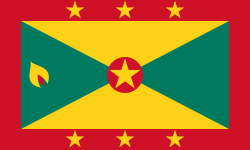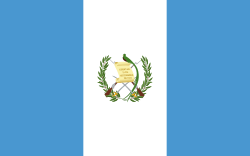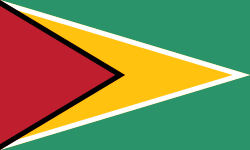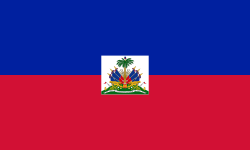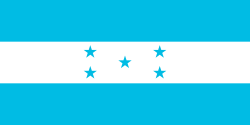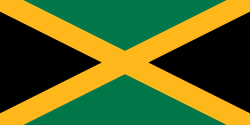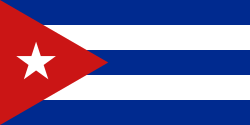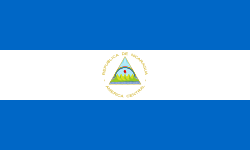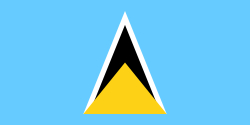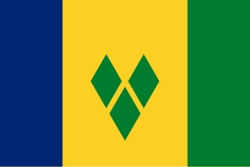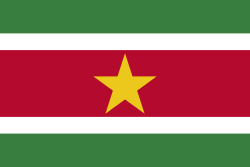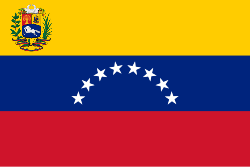Petrocaribe

Petrocaribe (též PetroCaribe; celým názvem Dohoda o energetické spolupráci Petrocaribe, španělsky El Acuerdo de Cooperación Energética Petrocaribe) je obchodní ropná aliance mezi Venezuelou a řadou středoamerických a karibských států. Spolupráce v rámci této iniciativy spočívá v tom, že státy kupují ropu od Venezuely za výhodných podmínek. Petrocaribe založil v roce 2005 Hugo Chávez. Od založení Petrocaribe Venezuela financovala např. výstavbu rafinérií, zásobníků ropy, ropovodů v některých členských státech (Kuba, Nikaragua). Princip Petrocaribe je vyloučení veškerých prostředníků při prodeji/koupi ropy a zapojení pouze společností a organizací řízených jednotlivými vládami. Aliance zároveň koordinuje i energetickou politiku zúčastněných států, která nezahrnuje pouze ropu, ale i její deriváty – plyn, elektřinu; rozvoj energetické infrastruktury a využívání alternativních zdrojů (např. sluneční či větrná energie). Petrocaribe má vazbu na další latinskoamerickou organizaci ALBA (taktéž vzniklou z iniciativy Venezuely).
Formy platby
Nastavený platební systém umožňuje nákup ropy za zvýhodněných podmínek, kdy se jako reference používá aktuální cena ropy za barel. Kupující stát zaplatí část ceny okamžitě (např. 95 % při ceně ropy nižší než 15 dolarů a pouze 30 % při ceně vyšší než 150 dolarů). Zbývající částku může doplatit do 1 či 3 měsíců s úrokem 2 %, nebo zvolit dlouhodobé splácení po dobu 15 (úrok 2 %), nebo 23 let (úrok 1 %). Délka splácení závisí na ceně ropy. Při ceně 40 a méně dolarů za barel se volí 15leté splácecí období, při ceně 40 a více 23leté. V obou případech je možné získat dvouletý odklad a část, nebo celou splácenou částku splatit formou dodávek zboží či služeb.[1] Toho využívá např. Kuba, která část svého závazku splácí vysláním lékařů a učitelů, Nikaragua posílá do Venezuely maso a mléko, Dominikánská republika fazole a glukózový sirup.
Členské státy
Následující tabulka uvádí členské státy (stav listopad 2013).[2] Mezi státy karibského regionu chybí pouze Barbados a Trinidad a Tobago, ze Střední Ameriky pak Salvador, Kostarika a Panama.
Reference
- ↑ Boletín Petrocaribe [online]. Transparencia Venezuela [cit. 2013-11-17]. Dostupné v archivu pořízeném dne 2015-06-10. (španělsky)
- ↑ Países Miembros [online]. petrocaribe.org (oficiální stránky organizace) [cit. 2013-11-17]. Dostupné online. (španělsky)
Externí odkazy
 Obrázky, zvuky či videa k tématu Petrocaribe na Wikimedia Commons
Obrázky, zvuky či videa k tématu Petrocaribe na Wikimedia Commons
Média použitá na této stránce
The flag of the Dominican Republic has a centered white cross that extends to the edges. This emblem is similar to the flag design and shows a bible, a cross of gold and 6 Dominican flags. There are branches of olive and palm around the shield and above on the ribbon is the motto "Dios,Patria!, Libertad" ("God, Country, Freedom") and to amiable freedom. The blue is said to stand for liberty, red for the fire and blood of the independence struggle and the white cross symbolized that God has not forgotten his people. "Republica Dominicana". The Dominican flag was designed by Juan Pablo Duarte, father of the national Independence of Dominican Republic. The first dominican flag was sewn by a young lady named Concepción Bona, who lived across the street of El Baluarte, monument where the patriots gathered to fight for the independence, the night of February 27th, 1844. Concepción Bona was helped by her first cousin María de Jesús Pina.
The flag of the Dominican Republic has a centered white cross that extends to the edges. This emblem is similar to the flag design and shows a bible, a cross of gold and 6 Dominican flags. There are branches of olive and palm around the shield and above on the ribbon is the motto "Dios,Patria!, Libertad" ("God, Country, Freedom") and to amiable freedom. The blue is said to stand for liberty, red for the fire and blood of the independence struggle and the white cross symbolized that God has not forgotten his people. "Republica Dominicana". The Dominican flag was designed by Juan Pablo Duarte, father of the national Independence of Dominican Republic. The first dominican flag was sewn by a young lady named Concepción Bona, who lived across the street of El Baluarte, monument where the patriots gathered to fight for the independence, the night of February 27th, 1844. Concepción Bona was helped by her first cousin María de Jesús Pina.
The national and official state flag of Haiti; arms obtained from File:Coat of arms of Haiti.svg. The civil flag can be found at here.
Flag of Jamaica. “The sunshine, the land is green, and the people are strong and bold” is the symbolism of the colours of the flag. GOLD represents the natural wealth and beauty of sunlight; GREEN represents hope and agricultural resources; BLACK represents the strength and creativity of the people. The original symbolism, however, was "Hardships there are, but the land is green, and the sun shineth", where BLACK represented the hardships being faced.
Autor: Wiz9999, Licence: CC BY-SA 3.0
Map of the Petrocaribe members and Venezuela





